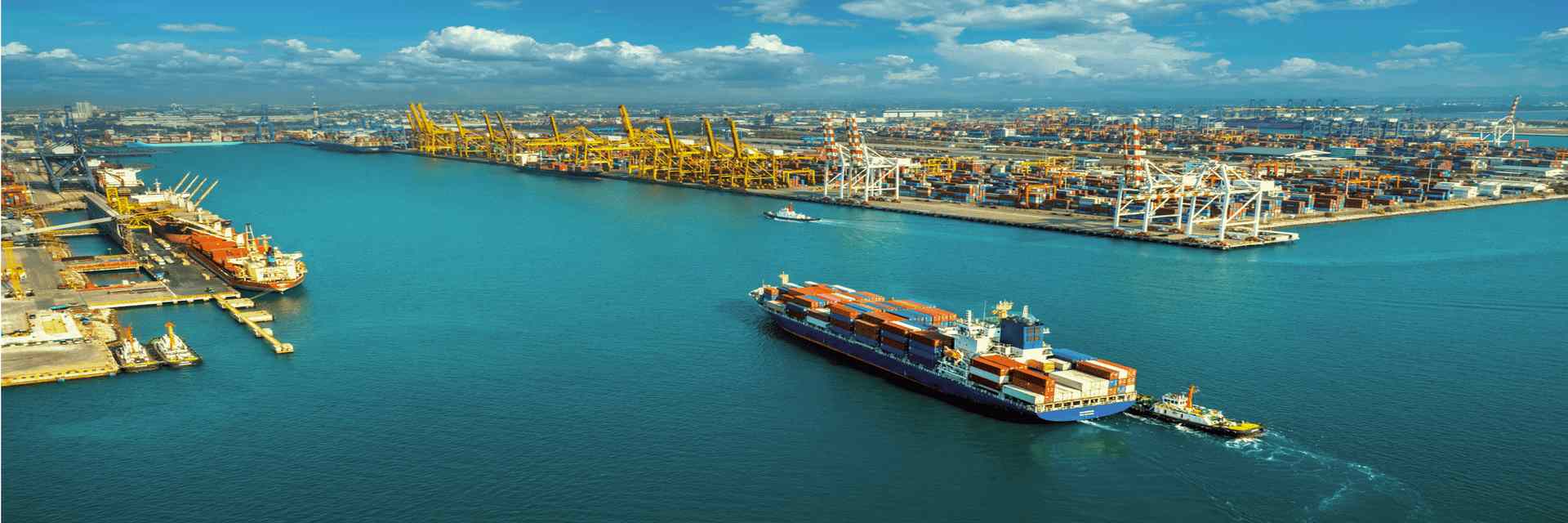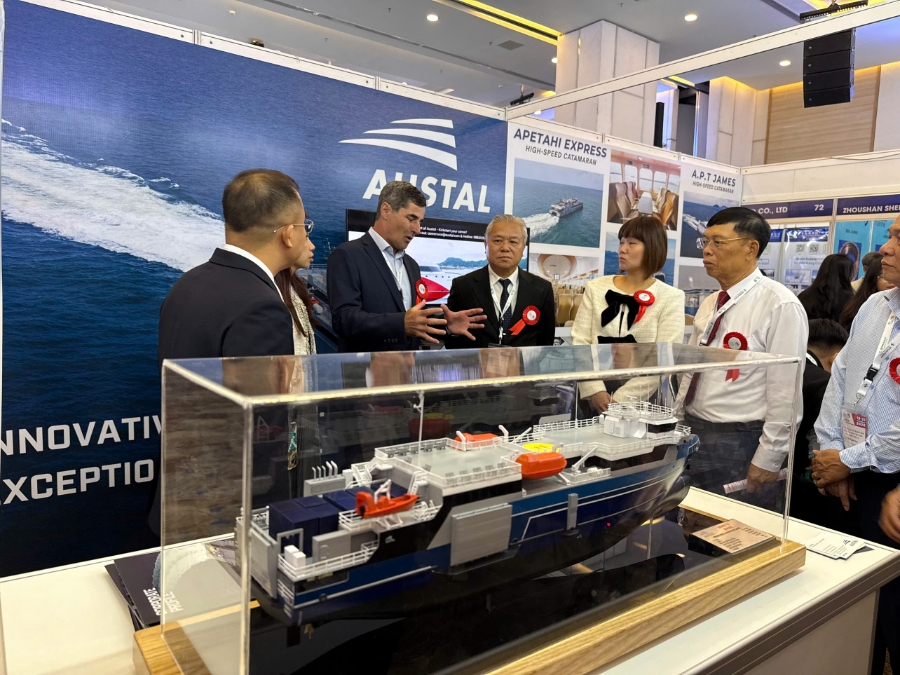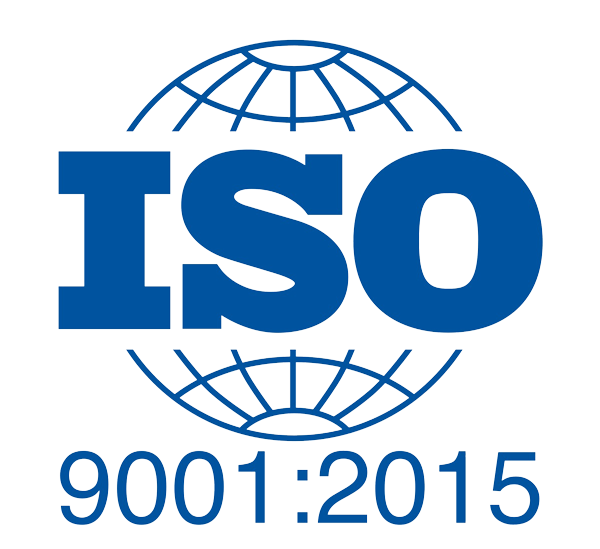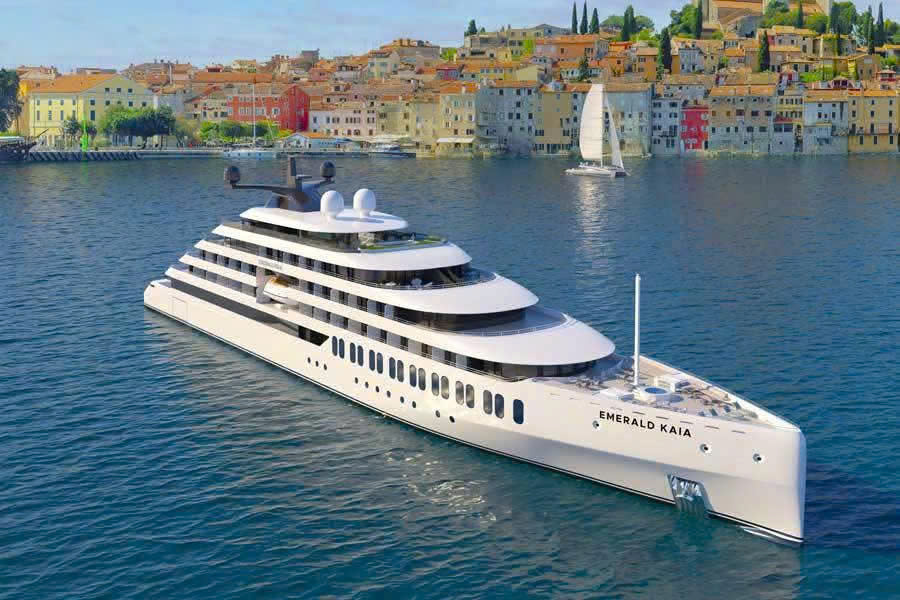Shipbuilding has always been one of the prominent sectors in Vietnam’s economy. Shipyards continuously innovate and improve to produce high-quality vessels. Let’s take a look at some common types of ships you shouldn’t miss.
Introduction to the Shipbuilding Industry in the Vietnamese Market
Vietnam’s shipbuilding industry plays a crucial role in the country’s maritime economic development strategy, providing strong support for waterway transportation, marine resource exploitation, and national defense security. With a coastline of over 3,200 km, Vietnam has a significant advantage in developing this industry. Domestic shipyards constantly upgrade technology and enhance production capacity to meet the increasingly diverse demands of both domestic and international markets.
In addition to traditional cargo ships, many specialized vessels such as tugboats, offshore support vessels, and research ships are also receiving growing attention. Understanding each type of ship helps operators and owners select suitable equipment and also contributes to boosting the supporting industries, including the supply of personal protective equipment and technical materials—a core strength of Sotaville.
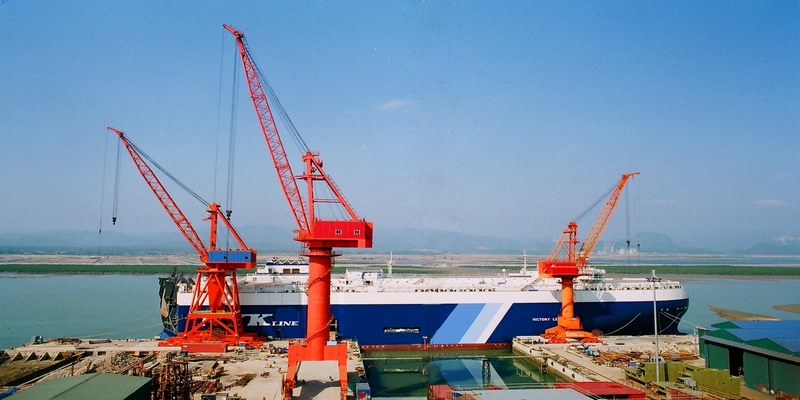
The shipbuilding industry is highly valued in the economy
Common Types of Ships and Boats
Here are some common types found in the shipbuilding industry:
Tugboats
Tugboats are powerful vessels with strong engines, used primarily to tow or push other ships, especially when entering or leaving ports or operating in confined anchorage areas. Typically smaller in size but with high thrust power, tugboats require specialized protective equipment due to the intense working environment and high risk of collisions.
Defense and Security Vessels
This category includes patrol boats, fisheries surveillance vessels, coast guard ships, and more. These vessels are designed for high maneuverability, surveillance, and rapid response. They represent a crucial segment of the shipbuilding industry, demanding advanced technology, internationally certified materials, and strict safety protocols.
Pilot Boats and Support Vessels
Pilot boats assist in guiding large ships safely into ports, while support vessels perform various functions such as logistics supply, crew transfer, or technical inspection duties. Although smaller in scale, these vessels are indispensable for smooth port operations.
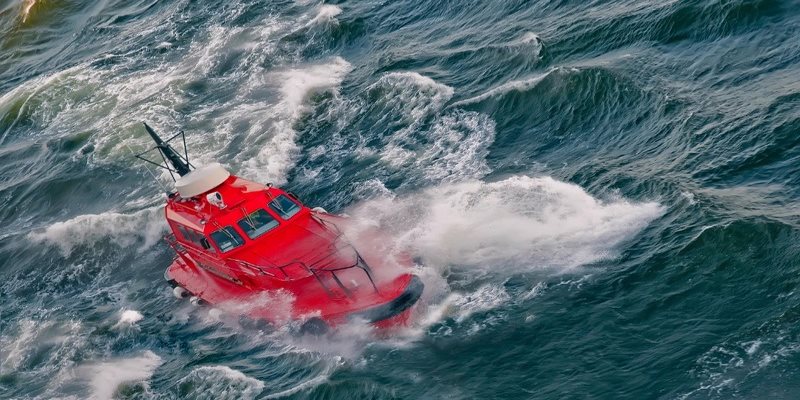
Prominent Pilot and Support Vessels Group
Ferries
Ferries are vessels designed to transport people and motor vehicles across rivers, canals, or between islands. They are widely produced in the shipbuilding industry. Depending on the load capacity, ferries can be designed with either one or two ends, may have cargo holds, and must comply with passenger safety standards.
Dredgers
Dredgers perform the task of suctioning or excavating mud and sand from the seabed or riverbed to maintain navigable water depth. They are typically equipped with pumping systems, cranes, and operate in dusty and dirty environments that easily cause corrosion and equipment damage. Therefore, personal protective equipment and industrial supplies used on these vessels need to be chemical-resistant and highly abrasion-resistant.
Offshore Support Vessels
This category serves offshore activities such as oil and gas exploration, rig maintenance, and fuel supply. These vessels must operate continuously, withstand heavy seas, and be fully equipped with lifesaving equipment, fire protection systems, and PPE meeting international standards.
Barges and Floats
Barges and floats are non-self-propelled vessels, usually towed or pushed by tugboats. In shipbuilding, they are used to transport bulky cargo, construction materials, containers, or serve as floating warehouses on rivers and seas. Given their dependence on other vessels for movement, operational safety and technical supplies are also critical.
Workboats
Workboats are small vessels used for construction, maintenance, and installation works along coasts or in confined areas. These boats are flexible and easy to maneuver but must still be equipped with lifesaving devices, protective equipment, and emergency response tools.
Research and Scientific Vessels
Research vessels are utilized for oceanographic surveys, marine environmental studies, geology, and biological research. They are equipped with advanced instruments and require a stable working environment with minimal vibrations. The crew typically includes scientists and engineers, so personal equipment and protection need to be highly specialized.
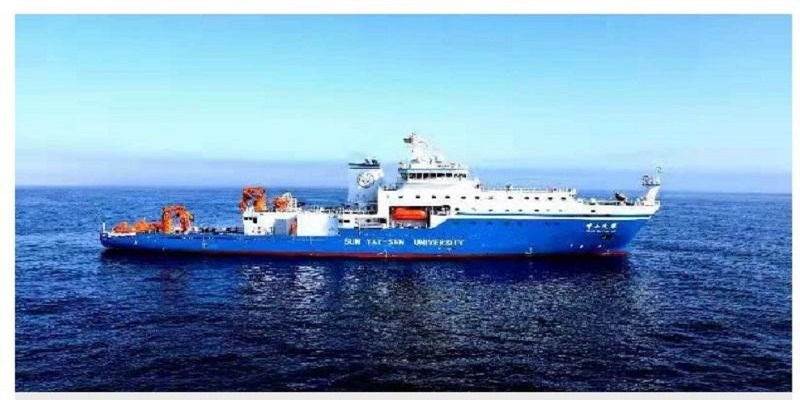
Scientific Research Vessels
Cargo Ships
Cargo ships represent the largest segment in the shipbuilding industry today, including container ships, bulk carriers, oil tankers, and more. Each type of cargo ship has distinct design features, load capacities, materials used, and safety operation procedures. Personal protective equipment (PPE) for workers on board must meet stringent standards such as fire resistance, anti-slip properties, and electrical insulation.
Fishing Vessels
Fishing vessels serve the seafood harvesting industry, ranging from small boats operating near the shore to large offshore fishing vessels. This group of ships faces harsh working conditions and often encounters severe weather, making protective gear like life jackets, waterproof gloves, and insulated boots essential.
Sotaville – Trusted Supplier of Protective Equipment and Industrial Supplies in Shipbuilding
With many years of experience accompanying shipyards and maritime transport companies, Sotaville proudly offers a wide range of international standard products, including 3M respirators, gas masks, cut-resistant gloves, chemical-resistant clothing, safety shoes, and more — all tailored to suit different types of ships and working conditions.
Contact Sotaville at hotline 0889108080 for consultation on the most suitable protective equipment solutions for the shipbuilding and maritime transport industries!

